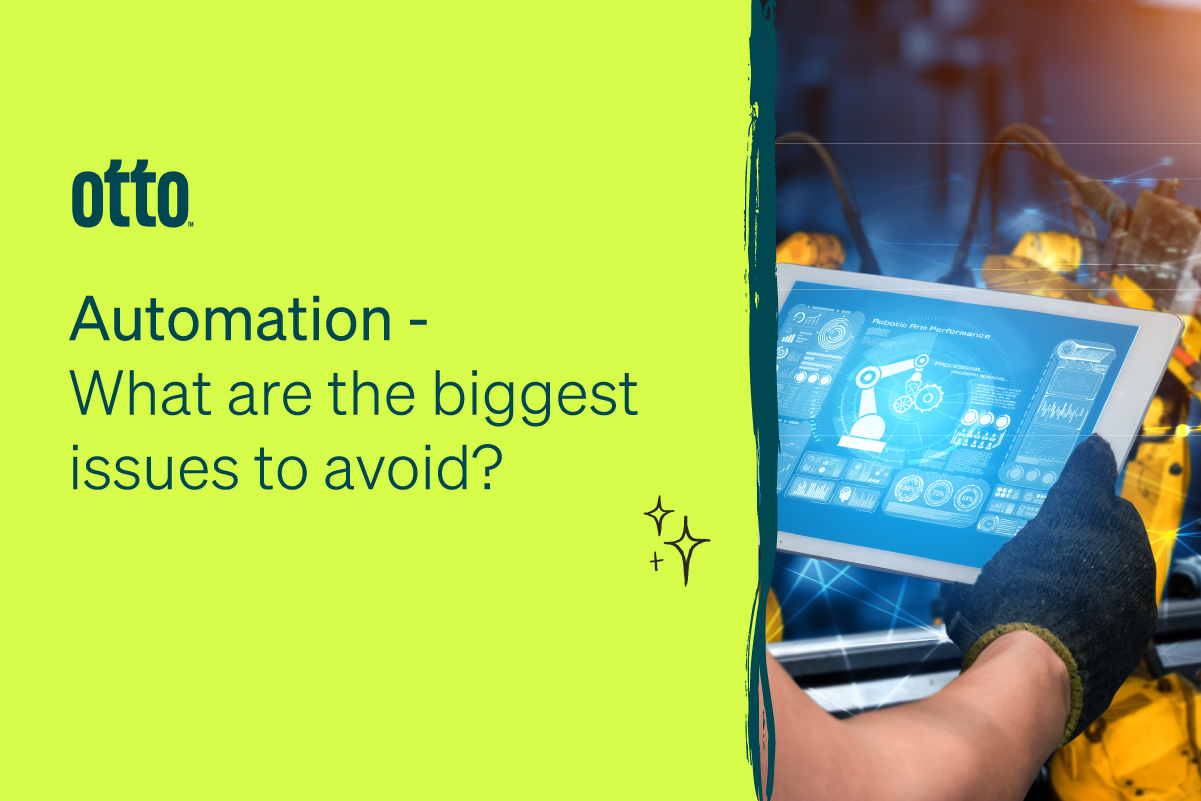Implementing new technology, whether it’s migrating to a cloud solution or a new software system, isn’t always easy. AI and automation are no exception! Here are some of the most important pitfalls to avoid on your journey towards AI automation-driven growth, productivity, and efficiency , from our IT consultants and tech strategists in Melbourne.
#1 – Siloes
Many businesses, most notably those in financial services and banking, utilise siloed organisational and tech processes. But this is where automation trips up because these silos need to be integrated BEFORE you consider automation. Without proper integration focussed on creating a flow between silos, existing point automation solutions often cannot do the hand-off because so many manual steps are actually involved in the process.
We recommend – Start by mapping out your organisational and tech processes to see how many touchpoints and hand-offs are involved and looking at low-code automation platforms that have cross-silo capabilities.
You will also have to re-imagine and reengineer processes so that each department understands how the workflow affects the next.
#2 – Forgetting the human element
We’ve written many articles on how AI and automation are not a threat to human capabilities – it’s a useful tool, but it’s not going to make people redundant. In fact, it’s set to create approximately 12 million more jobs than it eliminates!
But the real work needs to go into identifying what can be automated and how far the automated process can go before it needs human intervention.
We recommend – Again, mapping your workflows and processes is essential – keeping in mind that a process doesn’t have to be fully automated.
For example, automation can be used to pull data and fill it into forms which are then pushed to a staff member for a higher-value task. Or it could automatically scan and resolve minor or false cybersecurity results but also identify more serious events that then get pushed to your cybersecurity team.
#3 – Not taking a lean, holistic approach
Not every process or workflow can or should be automated. This tech carries a cost, and it simply isn’t justified if you are automating tasks that occur infrequently or where the cost and time involved with installing it and training employees is higher than the actual efficiency gains from the tech.
There has to be definitive value demonstrated by this investment.
We recommend – Your approach should be to prioritise human skills first , putting automation into mass repetitive tasks that machines do best and humans into tasks that they do best. Start with a lean-focussed team made up of internal stakeholders and external consultants, and focus on role-based automation holistically within the company.
This strategy helps develop a clear understanding of where the biggest ROI lies, how to set priorities and the rollout stages for this tech.
#4 – Legacy software and hardware
Legacy tech – tech that is running in an organisation but is no longer supported by the manufacturer – is a big issue in businesses. Not only is legacy tech a massive cybersecurity risk as it is no longer being patched, leaving significant vulnerabilities for malware to exploit, but it is also a big problem for automation. In fact, almost every new software and hardware solution you want to implement is going to be less efficient and effective (or completely incompatible) with old tech.
This is an especially notable challenge in finance, banking, medical, and legal sectors where legacy systems are the most common.
We recommend – Again, a holistic overview is a must-have. All your tech infrastructure must be analysed through a detailed audit and overhauled to work with AI and automation solutions.
This is a large expense and project, and IT consultants can help develop stages for it to progress based on key automation objectives.
#5 – Not getting employee buy-in
Automation and AI are significant game-changers that have been reported as threats to jobs and livelihoods. Ironically, even with the scare-mongering around people being replaced by this tech, the truth is that it cannot work without employee buy-in . It just shows how important they are!
We recommend – Take an involved, hands-on approach to change management, demonstrating that AI and automation are nothing to fear and that they will actually make jobs more interesting, valuable, and engaging.
Spend time encouraging a culture of learning , creating training programs to develop employee skills needed in an automation age, and having an open, inclusive interaction with all your staff on how this tech will impact their role and change it for the better. At the same time, it is very important to prioritise these values in your automation tech procurement process.
Let us develop, implement, and maintain your automation journey
At Otto IT, the leading managed service provider in Melbourne, we specialise in tech your organisation, clients, customers, and staff love.
We want you to want to work with us for the long term, which is why we invest in our partnership with you. Not only do we have proven technologies at our fingertips and a very human team to fix every IT issue, but we also guide your AI, automation, and digitisation strategy and help you find what works, measure its impact through business-context KPIs, train up your staff, and stick around for the long haul.
So, with that in mind, give us a call and set up a date with our award-winning MSP and IT strategists in Melbourne.



